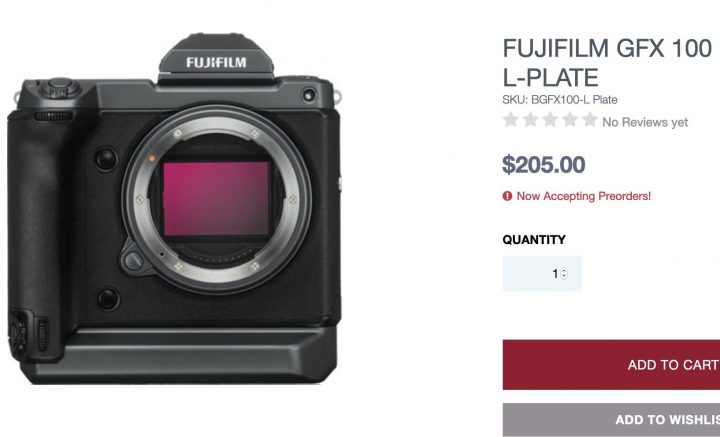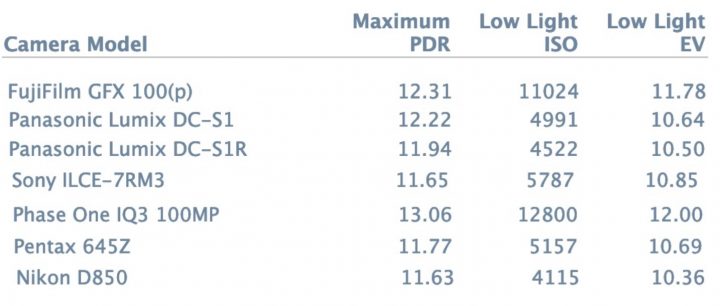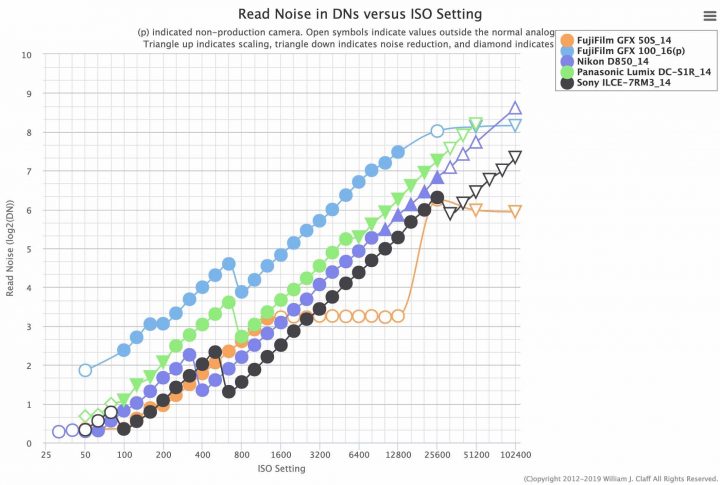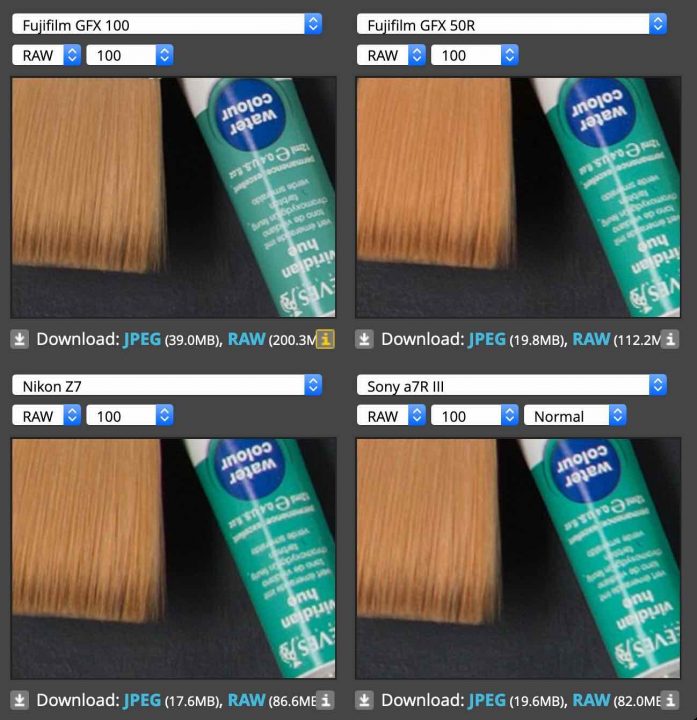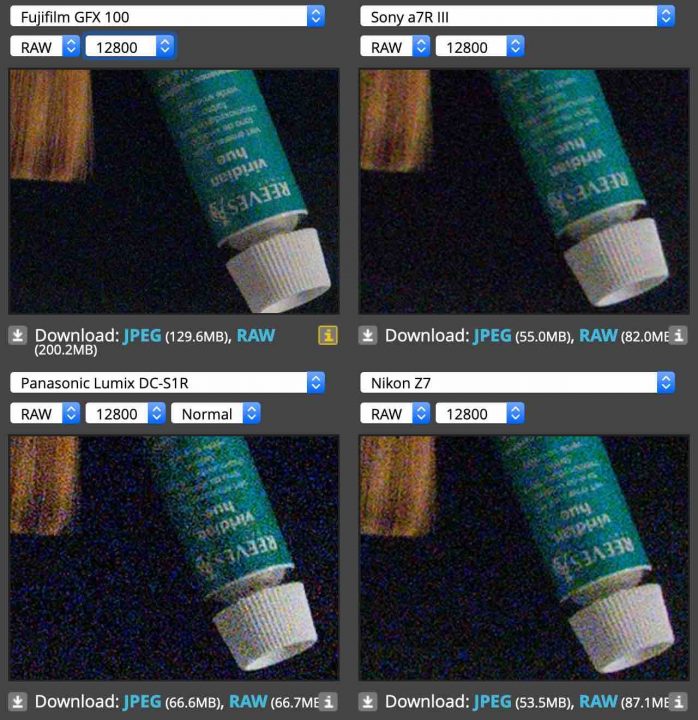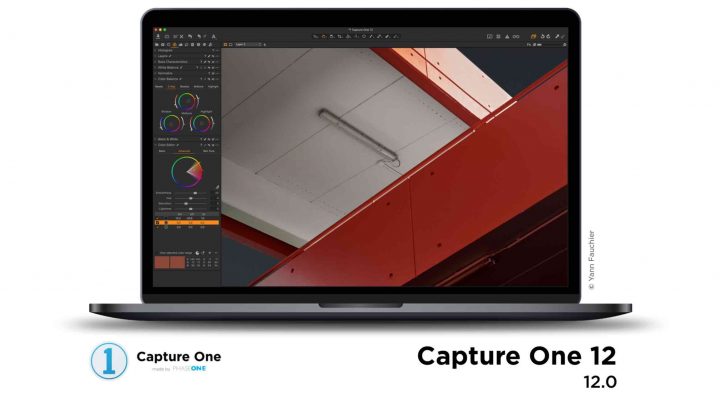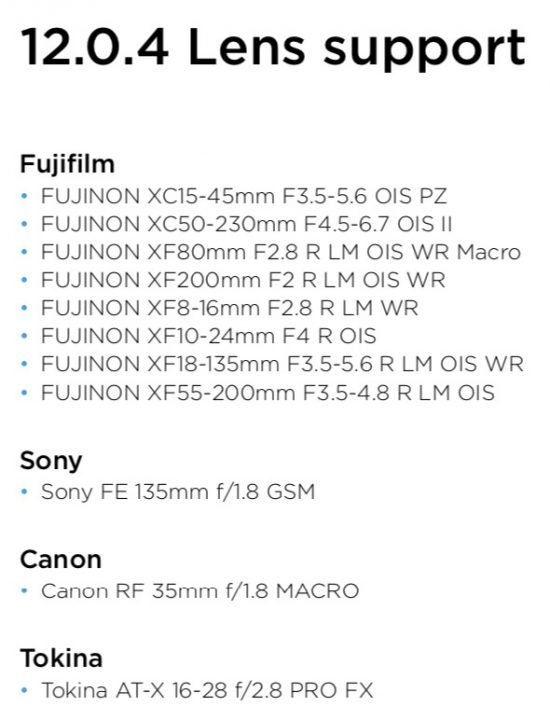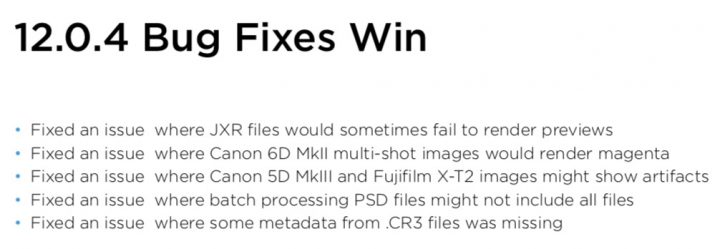DPRTV Fujinon XF200mm f/2 Test: “Fast Fujinon Lenses Keep You from Having to Go Full Frame” – filmed on Fujifilm GFX 100
Fujinon XF200mm f/2
The Fujinon XF200mm f/2 is arguably the best lens Fujifilm has released in a while. It’s image quality without compromise.
DPRTV now published a short test of this lens (video below). The whole episode was filmed on the Fujifilm GFX 100.
- big and bulky
- OIS is very effective
- similar price point to FF counterparts
- awesome optical performance
- it’s hard to say anything negative about optical performance
- even with the 1.4x teleconverter, sharpness is incredibly well maintained
- bokeh is beautiful
- nice option for action and wildlife
- very fast AF, best on Fujifilm X-T3
- manual focus has a really long turn, unsuable for video manual focus
- the autofocus in video is really smooth
- Fujinon XF200mm F/2 and XF8-16mm f/2.8 are Fujifilm’s option from keeping you to having you go full frame
Here at FujiRumors, we perfectly know that lenses like the XF200mm f/2, XF8-16mm f/2.8 and also the upcoming Fujinon XF 33mm f/1.0 are niche lenses, but as we wrote here, we consider them of absolute importance to stop the full frame DOF whining :).
- fujirumors.com – 2020: A Fuji Odyssey Ends with the Fujinon XF33mm f/1.0, but Do We Really Need it?
Follow FujiRumors: Facebook, Flipboard, Instagram, RSS-feed, Youtube and Twitter
- XF 200mm F2 (save $200): BHphoto, Adorama, AmazonUS, Focuscamera
- XF 8-16mm F2.8 (save $100): BHphoto, Adorama, AmazonUS, Focuscamera
- Fujifilm GFX 100: B&H Photo, AmazonUS, Adorama, Focuscamera




